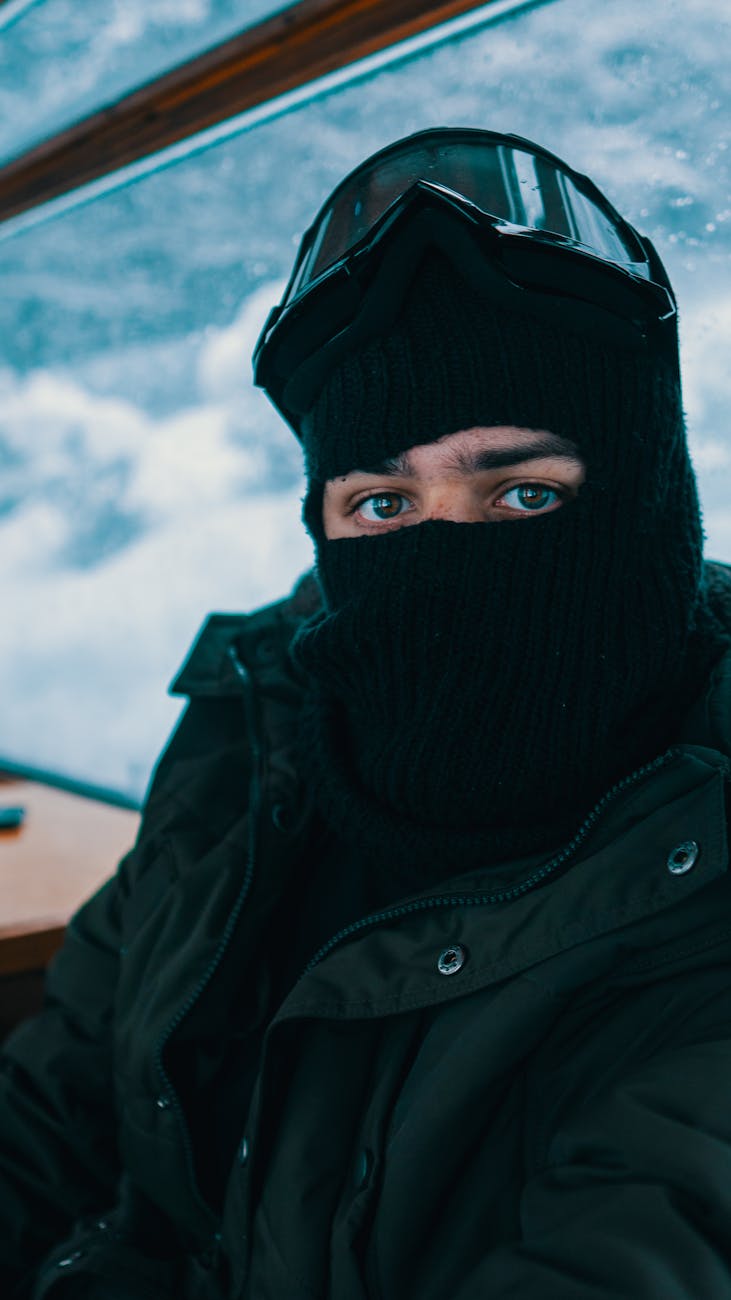When it comes to snowboarding, many enthusiasts are drawn to the allure of backcountry riding. The untouched powder, breathtaking landscapes, and thrilling descents create an irresistible combination that beckons riders to explore. However, this adventure comes with its share of risks. In this post, we will delve into the exhilarating yet sometimes perilous world of backcountry snowboarding, discussing whether it’s truly dangerous and what makes it so enticing for those who seek it.
While some may raise concerns about the elements and conditions encountered outside groomed resorts, many backcountry snowboarding aficionados view these challenges as an integral part of the experience. Embracing the unknown and testing one’s skills against nature can ignite a profound sense of freedom and accomplishment. So let’s explore the factors that contribute to the potential hazards in backcountry snowboarding while also uncovering the exciting aspects that make it a worthwhile pursuit.
Table of Contents
- What is Backcountry Snowboarding?
- The Risks Involved
- Safety Precautions You Should Take
- The Thrill Factor
- A Community of Adventurers
- Beyond Danger: The True Essence
- FAQs
What is Backcountry Snowboarding?
Diving into the realm of backcountry snowboarding means leaving behind the groomed trails of ski resorts, venturing into uncharted territories, and embracing the natural landscape that winter has to offer. Riders trek into the wilderness, navigating through serene forests, expansive glades, and wide-open slopes untouched by machines. This type of snowboarding connects individuals with nature in a fantastic way, allowing them to experience pure and unadulterated snow conditions. The sense of solitude and camaraderie found in these remote locations creates a unique camaraderie among backcountry enthusiasts, establishing bonds that are often formed in the most awe-inspiring settings.
The Risks Involved
While backcountry snowboarding offers exhilarating experiences, it is imperative to acknowledge the inherent dangers it presents. Threats such as avalanches, sudden weather changes, and difficult navigation can catch even the most seasoned riders off guard. Avalanches, in particular, pose the most significant risk and claim lives each season. Nevertheless, armed with knowledge and preparation, riders can mitigate these dangers. The beauty lies in learning how to assess risks and respond effectively, thus transforming potential fears into enhanced riding skills.
Safety Precautions You Should Take
Before setting out on a backcountry adventure, adhering to safety protocols can spell the difference between a memorable expedition and a disastrous outcome. Essential gear, such as avalanche beacons, probes, and shovels, must be part of your standard kit. Equally important is having comprehensive knowledge of routes and conditions, so regular checks of avalanche forecasts and weather updates become second nature. It’s also wise to travel with experienced companions who can make responsible decisions in critical situations. Proper training in avalanche awareness and rescue techniques can further enhance safety, empowering riders to fully embrace the beauty and thrill of backcountry snowboarding without succumbing to the fear of danger.
The Thrill Factor
The heart-pounding excitement of navigating untouched snow is what draws many to backcountry snowboarding. The unparalleled beauty of snow-laden forests juxtaposed with the exhilarating rush of gliding down steep descents creates a cocktail of emotions that’s hard to resist. Every turn, every jump takes on new meaning when you realize that you’re part of something larger than yourself—it’s as if nature garners a resonant power that enriches the entire experience. This thrilling escapade quickly transforms from a mere ride down a slope to an epic journey toward personal achievement and connection with the mountain.
A Community of Adventurers
One of the rewarding aspects of backcountry snowboarding is the community that cultivates a shared passion for adventure. Riders are not just individuals; they form a sisterhood and brotherhood of explorers who thrive on the same adrenaline and exhilaration. Engaging with this tight-knit group fosters camaraderie and offers opportunities for shared knowledge, experiences, and safety tips. With forums, social media groups, and clubs dedicated to the sport, enthusiasts can continuously find connections and push themselves further in their journeys. This united spirit fosters a culture of responsibility and enthusiasm, ultimately driving each member to embrace the thrills of snowboarding in less conventional environments.
Beyond Danger: The True Essence
Ultimately, the perceived dangers of backcountry snowboarding should not overshadow its profound essence. While being aware of potential hazards is crucial, embracing the beauty found in nature’s untouched glory is equally important. With the right preparation, community support, and a spirit of adventure, riders can revel in the wonder that backcountry snowboarding brings. The thrill, the connection with fellow snowboarders, and the joys of conquering majestic slopes contribute to an unforgettable experience, reminding us that sometimes the most exhilarating journeys come with a few challenges along the way. It’s this balance of caution and excitement that forms the true allure of backcountry snowboarding.
Common Questions about Backcountry Snowboarding
- Is backcountry snowboarding suitable for beginners?
Yes, with proper training and guidance, beginners can participate in backcountry snowboarding. Consider starting with a knowledgeable guide to help you learn the basics and navigate safely. - What essential gear do I need for backcountry snowboarding?
Key items include an avalanche beacon, probe, shovel, first aid kit, and extra layers for warmth. Additionally, don’t forget your snowboard and appropriate bindings! - How can I learn about avalanche safety?
Many organizations offer courses on avalanche awareness and rescue techniques. These courses enhance your skills and provide valuable information about terrain assessment. - Is it more dangerous than resort boarding?
While there are risks, many find that with better knowledge and preparation, the dangers can be diminished. Emphasizing safety can help make your experience enjoyable rather than fearful. - How do weather conditions impact backcountry snowboarding?
Weather can change rapidly in backcountry settings. It’s essential to study current forecasts, recognize how they can affect your ride, and adjust your plans as needed.
Image Credit: Pexels
